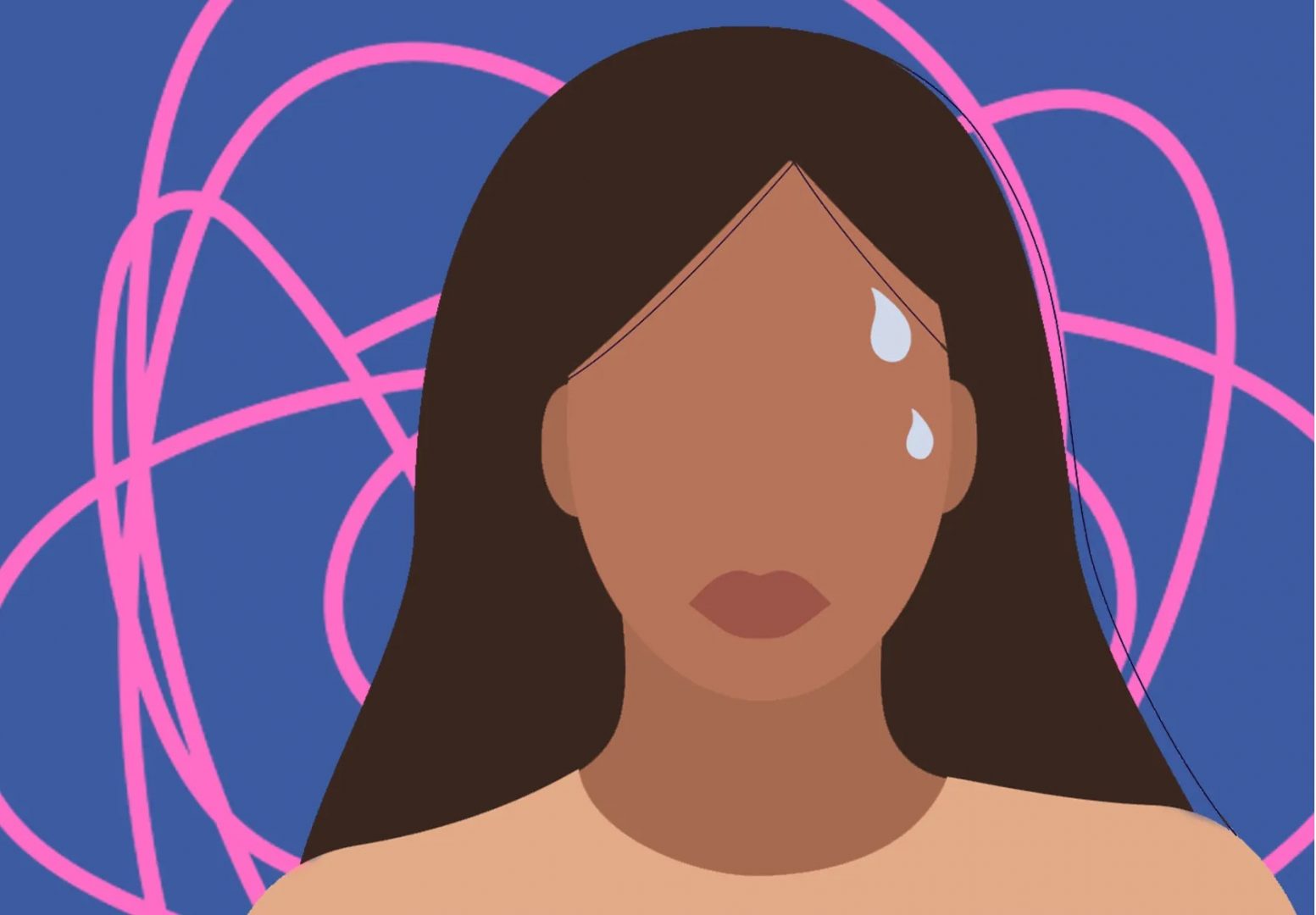Myth Busting: Anxiety Disorders
Everyone experiences anxiety at some point but not everyone has an anxiety disorder. It is one of the most commonly diagnosed mental health disorders, especially amongst younger population, but there are a lot of myths about what it means. This blog looks at three of those myths and what exactly anxiety disorders entail.
Anxiety disorders include disorders featuring excessive fear, anxiety, and behavioral disturbances. Fear is the emotional response to a real or perceived imminent threat, whereas anxiety is the anticipation of a future threat. Both states overlap, but their main difference is that fear is more associated with arousal necessary for fight or flight and escape behaviors, while anxiety is more associated with muscle tension and vigilance in preparation for future danger. There are various anxiety disorders like panic disorder, general anxiety disorder, and phobias.
Myth 1 – Anxiety is not a real illness
Stress and anxiety are quite common feelings. Worrying can help people predict possible difficulties and fix them ahead of time, be it at the place of work, finances, or personal life. Many people may wonder whether anxiety is a serious mental disorder because feeling worried or anxious is frequent and, in small doses, may be beneficial in anticipating issues. The truth is that anxiety disorders are more than just everyday worries. They are defined by daily feelings of anxiety that last for six months. Anxiety brings up a number of other symptoms such as:
- Tightness in chest
- Racing heart
- Difficulty concentrating
- Fear of losing control
- Difficulty sleeping
Myth 2 – Social anxiety is just like being shy
There are distinctions between shyness and social anxiety. Shyness is a personality trait, whereas social anxiety is a chronic fear of social situations or severe worry about social group performance, which characterizes a social anxiety disorder. Someone with social anxiety is preoccupied with the fear of embarrassment or scrutiny by others in a social context. Typically, they will avoid social interactions or experience significant anxiety in the lead-up to them.
Although shy individuals are more prone to have social anxiety, the two are not synonymous. Shy people may feel uneasy in social circumstances or prefer being alone, but shyness is not accompanied by excessive anxiety or panic in social situations. The degree of distress is of significant difference. In most circumstances, shyness is a personality trait that does not cause distress, however social anxiety can be isolating and debilitating.
Myth 3 – Panic attacks can cause fainting
Different people experience panic attacks in different ways. A panic attack can cause a variety of symptoms, including a speeding heart and difficulty breathing. Although these events are uncommon in panic attacks, some people may pass out or throw up, adding to the stress of the situation. Fainting during a panic episode is a strong reaction and it happens very rarely. On the other hand, feeling faint, lightheaded, or ill, are common symptoms of fear and worry.
People may alter their behavior in the days leading up to or during a panic attack in order to avoid or mitigate the symptoms. An individual who fears having a panic attack, may plan ahead of time to locate exits, find a quiet place to sit or lay down, or take the necessary medication. Such measures can help one feel less dizzy or faint, as well as lessen some of the tension.
Above, we looked at three myths about anxiety disorders. Anxiety disorders are the most commonly diagnosed mental health problems, and with them they carry a number of myths due to the lack of awareness and education. People with an anxiety disorder can still live meaningful and healthy lives both with the self and enviromental supports available.
If you think that you can benefit from professional support on this issue you can reach out here.
Charlot Cauchi is a Gestalt Psychotherapist at Willingness. He has experience with adult clients with mental health difficulties, anxiety, depression, loss, trauma, stress and relational issues.
References
American Psychiatric Association. (2013). Diagnostic and statistical manual of mental disorders (5th ed.). American Psychiatric Association.Bandelow, B., Boerner J, R., Kasper, S., Linden, M., Wittchen, H. U., & Möller, H. J. (2013). The diagnosis and treatment of generalized anxiety disorder. Deutsches Arzteblatt International, 110(17), 300–310.







